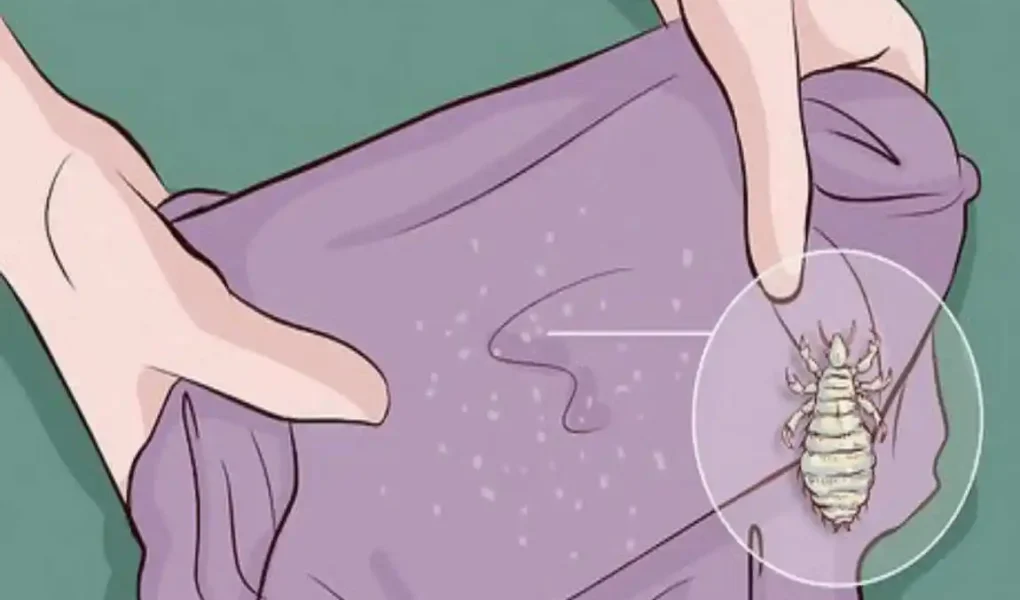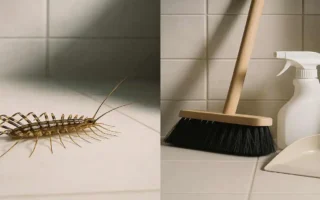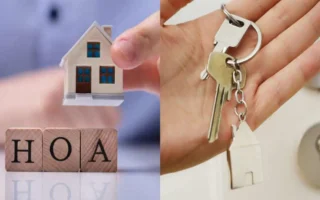Have you ever found yourself dealing with a lice infestation in your home? It can be a frustrating and overwhelming experience. But don’t worry, you’re not alone. Many families face this issue, and the good news is that, with the right approach, you can effectively clean your home to remove lice.
How Lice Spread in the Home Environment
Lice spread through close personal contact and by sharing personal items such as hats, combs, and pillows. They can also transfer from one person to another through direct head-to-head contact. Once lice are introduced into your modern home, they can quickly spread to other family members and infest various areas of your house.
Life Cycle of Lice and the Importance of Cleaning
Understanding the life cycle of lice is crucial for effective lice removal. Lice go through three stages: egg (nit), nymph, and adult. The entire life cycle takes about 3-4 weeks. Cleaning your house is essential to break this cycle and prevent re-infestation.
By removing lice and nits from your luxury home, you can significantly reduce the risk of a reinfestation. This is why thorough cleaning is a critical step in the lice removal process.
Common Areas in the House Where Lice and Nits Can Be Found
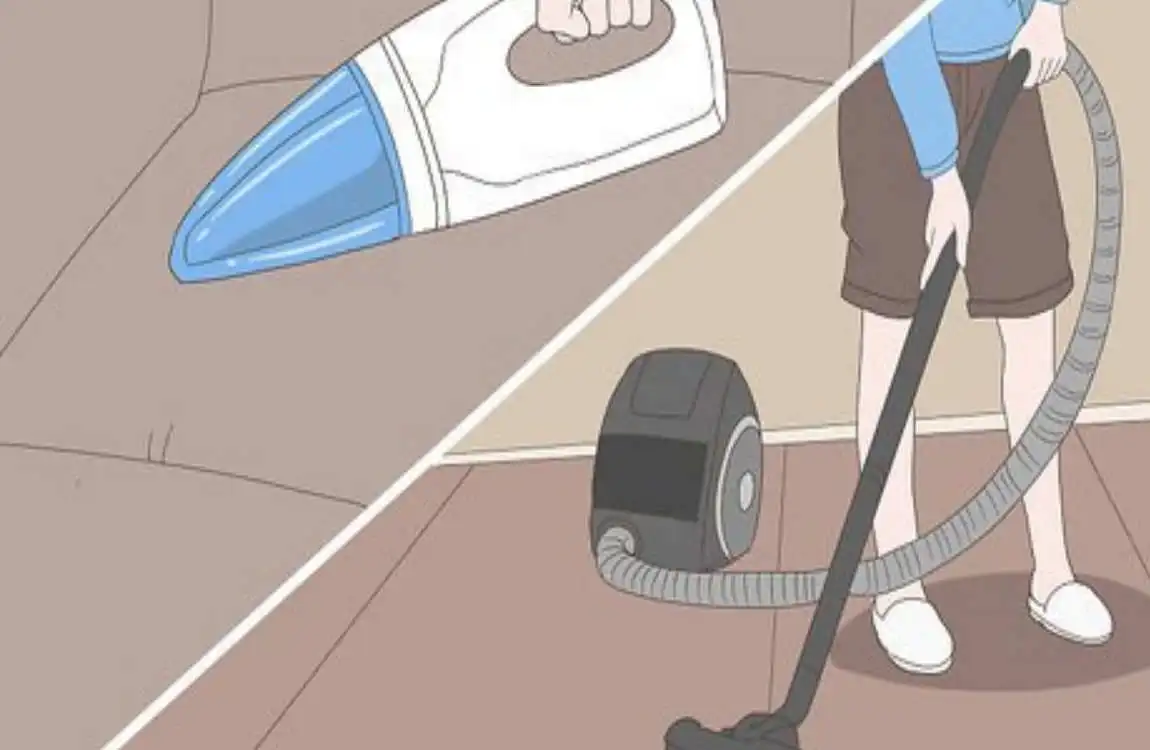
Lice and nits can be found in various areas of your home, including:
- Bedding and pillows
- Upholstered furniture
- Carpets and rugs
- Curtains and drapes
- Stuffed animals and toys
- Hats and other headwear
It’s essential to focus on these areas when cleaning your house for lice removal to ensure that you eliminate all traces of lice and nits.
Signs of a Lice Infestation in Your Home
Symptoms to Watch for in Family Members
If you suspect a lice infestation in your home, it’s crucial to check your family members for signs of lice. Common symptoms include:
- Itching on the scalp, neck, and ears
- Visible lice or nits on the scalp or hair
- Small red bumps or sores on the scalp due to scratching
If you notice any of these symptoms, it’s essential to take action promptly to prevent the infestation from spreading.
How Lice Can Affect Household Items
Lice can also affect various household items, such as bedding, furniture, and toys. They can lay eggs on these items, leading to a persistent infestation if left unchecked. Lice can survive for up to 48 hours away from the human scalp, making it crucial to clean home and treat these items thoroughly.
Identifying Lice Presence Beyond the Scalp
To effectively clean your house for lice, you need to identify their presence beyond the scalp. Look for signs of lice and nits on:
- Bedding, including sheets, pillowcases, and blankets
- Upholstered furniture, such as couches and chairs
- Stuffed animals and toys
- Hats and other headwear
By identifying these areas, you can focus your cleaning efforts and ensure a thorough lice removal process.
Preparing Your Home for Lice Cleaning
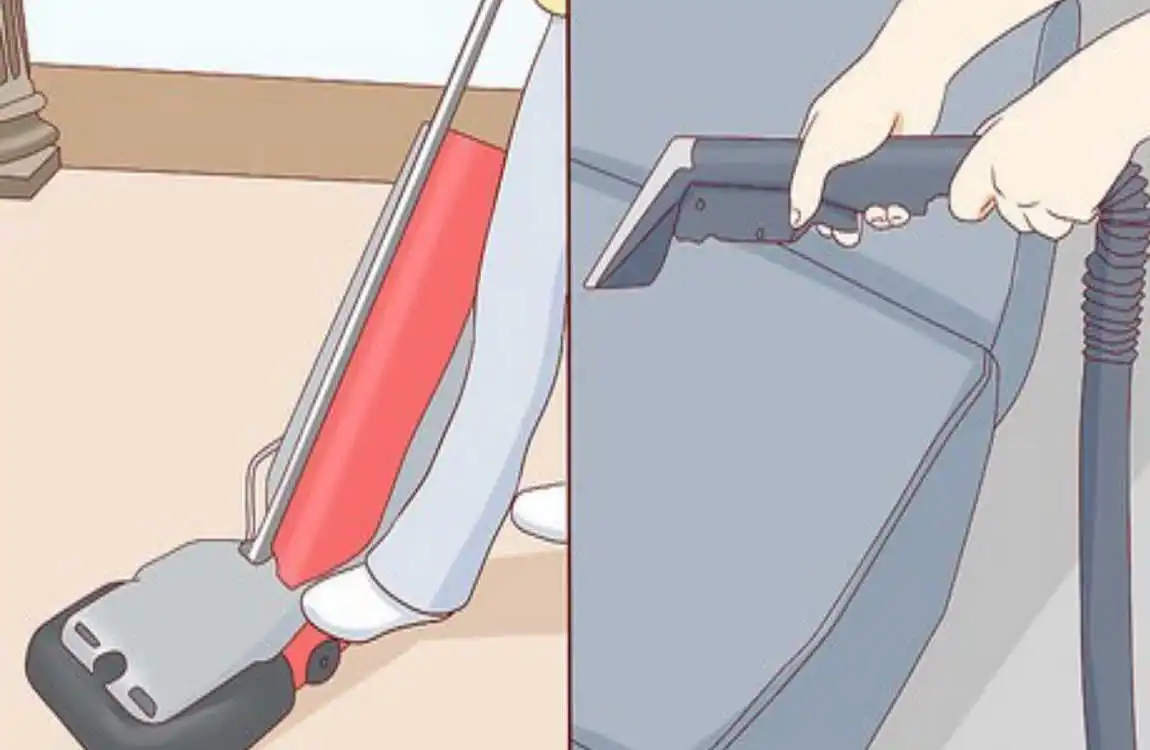
Creating a Step-by-Step Cleaning plan
Before you start cleaning, it’s essential to create a step-by-step plan. This will help you stay organized and ensure that you cover all areas of your home. Your plan should include:
- Identifying the areas that need to be cleaned
- Gathering the necessary cleaning supplies and tools
- Setting a schedule for cleaning each area
- Assigning tasks to family members, if applicable
By having a clear plan in place, you’ll be able to tackle the cleaning process more efficiently and effectively.
Gathering Necessary Cleaning Supplies and Tools
To clean your house for lice, you’ll need a few essential supplies and tools:
- Laundry detergent
- Hot water
- Vacuum cleaner with upholstery and crevice attachments
- Steam cleaner (optional but highly recommended)
- Disposable bags for storing items that cannot be washed
- Cleaning sprays and disinfectants
Make sure you have these items on hand before you start cleaning to avoid delays.
Safety Precautions for Family Members and Pets During Cleaning
While cleaning your house for lice, it’s crucial to take safety precautions to protect your family members and pets. Here are some tips:
- Keep children and pets away from areas being cleaned until they are dry and safe
- Use cleaning products according to the manufacturer’s instructions and in well-ventilated areas
- Wear gloves when handling cleaning chemicals and dispose of them properly
- Wash your hands thoroughly after cleaning home
By following these safety measures, you can ensure a safe, effective lice-cleaning process for your entire family.
How to Clean House for Lice: Room-by-Room Guide
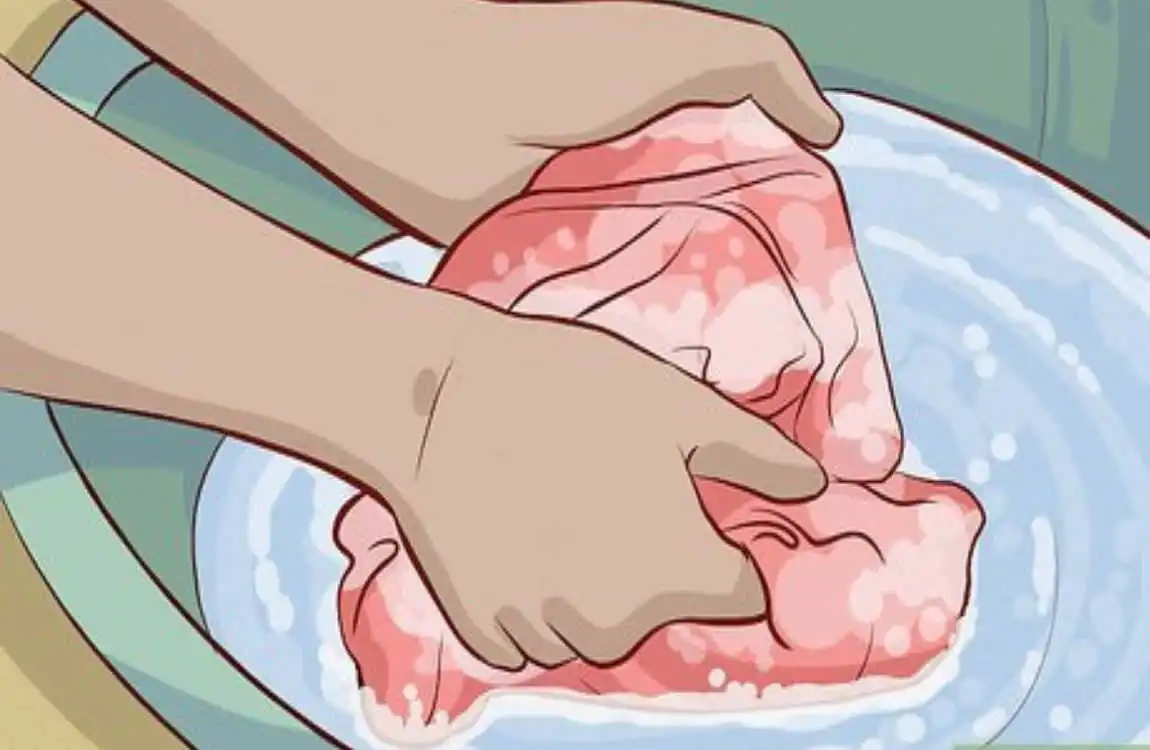
Bedroom
The bedroom is one of the most critical areas to focus on when cleaning your house for lice. Here’s how to tackle this space:
Washing Bedding, Pillows, and Mattress Cleaning
- Remove all bedding, including sheets, pillowcases, and blankets, and wash them in hot water (at least 130°F) and dry them on high heat for at least 30 minutes. This will kill any lice and nits present on the fabric.
- If your pillows are washable, wash them along with the bedding. If not, place them in a sealed plastic bag and store them for two weeks to suffocate any lice or nits.
- Vacuum your mattress thoroughly, paying special attention to seams and crevices where lice and nits may hide. Use the upholstery attachment for this task.
- Consider using a steam cleaner on your mattress to kill any remaining lice or nits. Follow the manufacturer’s instructions for safe and effective use.
Living Room
The living room is another area where lice can easily spread. Here’s how to clean this space:
Cleaning Upholstered Furniture, Carpets, and Curtains
- Vacuum all upholstered furniture, including couches, chairs, and ottomans. Use the upholstery attachment and focus on seams, crevices, and areas where people frequently sit or lean.
- Vacuum carpets and rugs thoroughly, using the crevice attachment to reach along baseboards and under furniture.
- Remove the curtains, wash them in hot water, and dry them on high heat, just like you did with your bedding. If your curtains are not washable, place them in a sealed plastic bag and store them for two weeks.
- Consider using a steam cleaner on your upholstered furniture and carpets for an extra layer of lice-killing power.
Bathroom
The bathroom is a high-traffic area where lice can easily spread. Here’s how to clean this space:
Best Practices for Cleaning Surfaces and Avoiding Lice Spread
- Clean all surfaces, including countertops, sinks, and toilets, with a disinfectant cleaner. Pay special attention to areas where family members may have come into contact with lice, such as the sink basin and toilet seat.
- Wash any towels, washcloths, and bath mats in hot water and dry them on high heat.
- Avoid sharing personal items like combs, brushes, and hair accessories in the bathroom. Encourage family members to keep their items separate and clean them regularly.
- If you have a lice comb, clean it thoroughly after each use by soaking it in hot water or rubbing alcohol for at least 10 minutes.
Common Areas
Common areas, such as the kitchen and playroom, also need attention when cleaning your house for lice. Here’s how to tackle these spaces:
How to Clean Shared Spaces and Children’s Toys Effectively
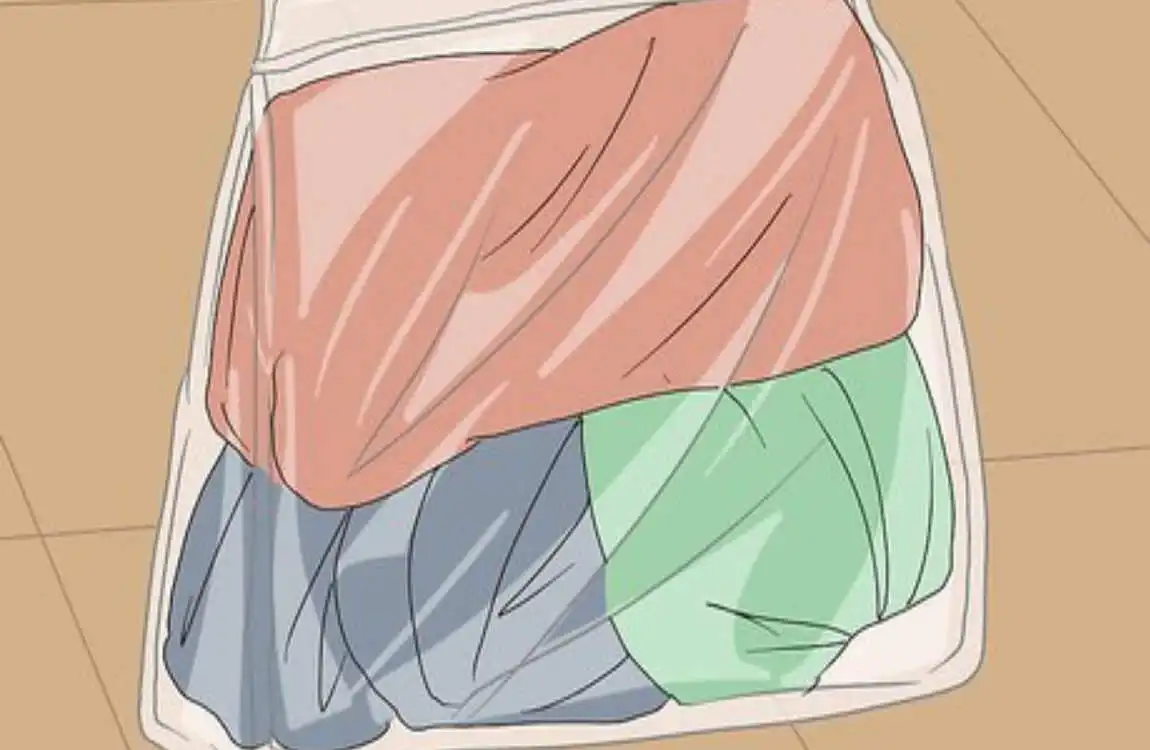
- In the kitchen, clean all surfaces, including countertops, tables, and chairs, with a disinfectant cleaner. Pay special attention to areas where family members may have eaten or sat.
- Wash any kitchen linens, such as dishcloths and aprons, in hot water and dry them on high heat.
- In the playroom, vacuum all carpets, rugs, and upholstered furniture. Use the crevice attachment to reach along baseboards and under furniture.
- Wash any stuffed animals or soft toys in hot water and dry them on high heat. If the toys are not washable, place them in a sealed plastic bag and store them for two weeks.
- Clean any hard toys, such as plastic or wooden toys, with a disinfectant wipe or spray. Pay special attention to areas where children may have come into contact with lice, such as the toy’s surface or any crevices.
Cleaning Soft Items and Non-Washables
Using Sealed Bags for Items That Cannot Be Washed
When cleaning soft items and non-washables, using sealed bags is a great way to suffocate lice and nits. Here’s how to do it:
- Place the item in a sealed plastic bag, removing as much air as possible.
- Store the bag for two weeks to ensure that any lice or nits present on the item are killed.
- After two weeks, the item should be safe to use again. However, it’s a good idea to give it a quick clean with a damp cloth or disinfectant wipe to remove any remaining debris.

